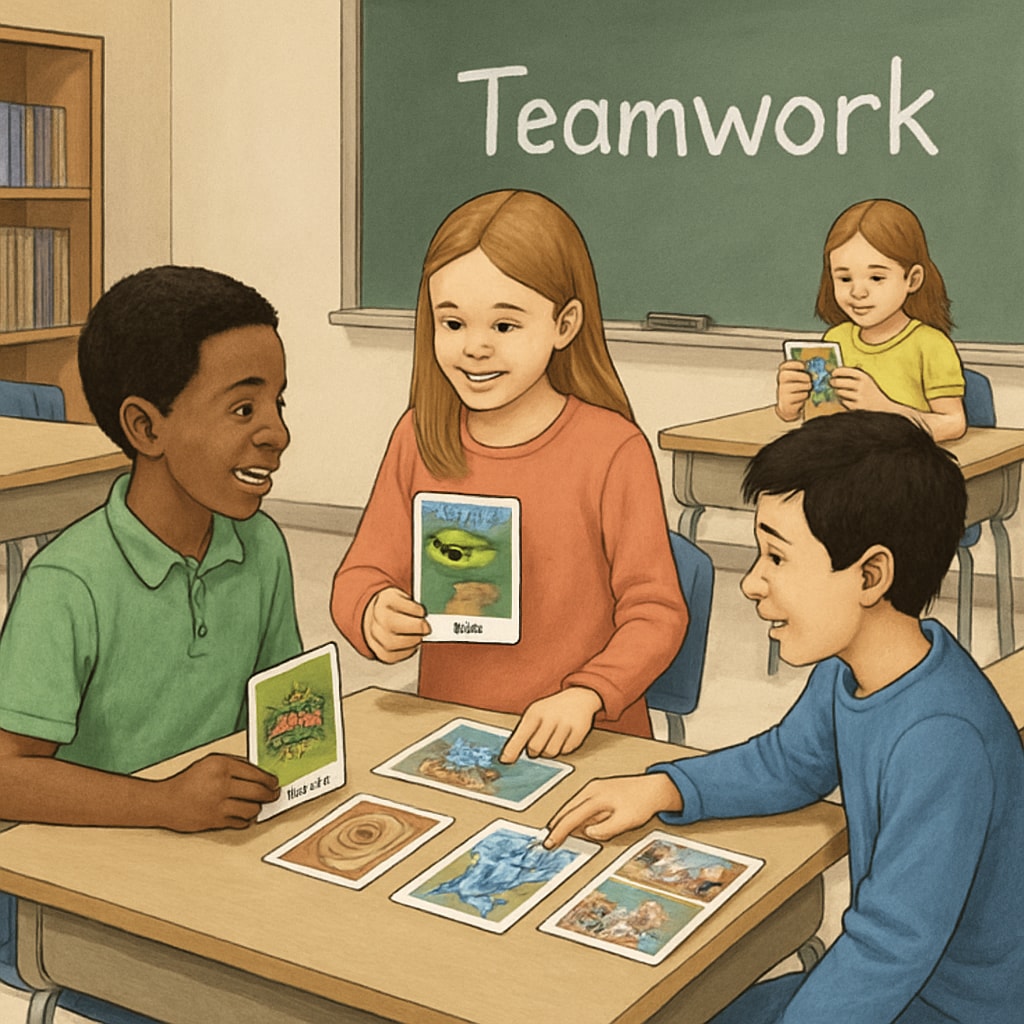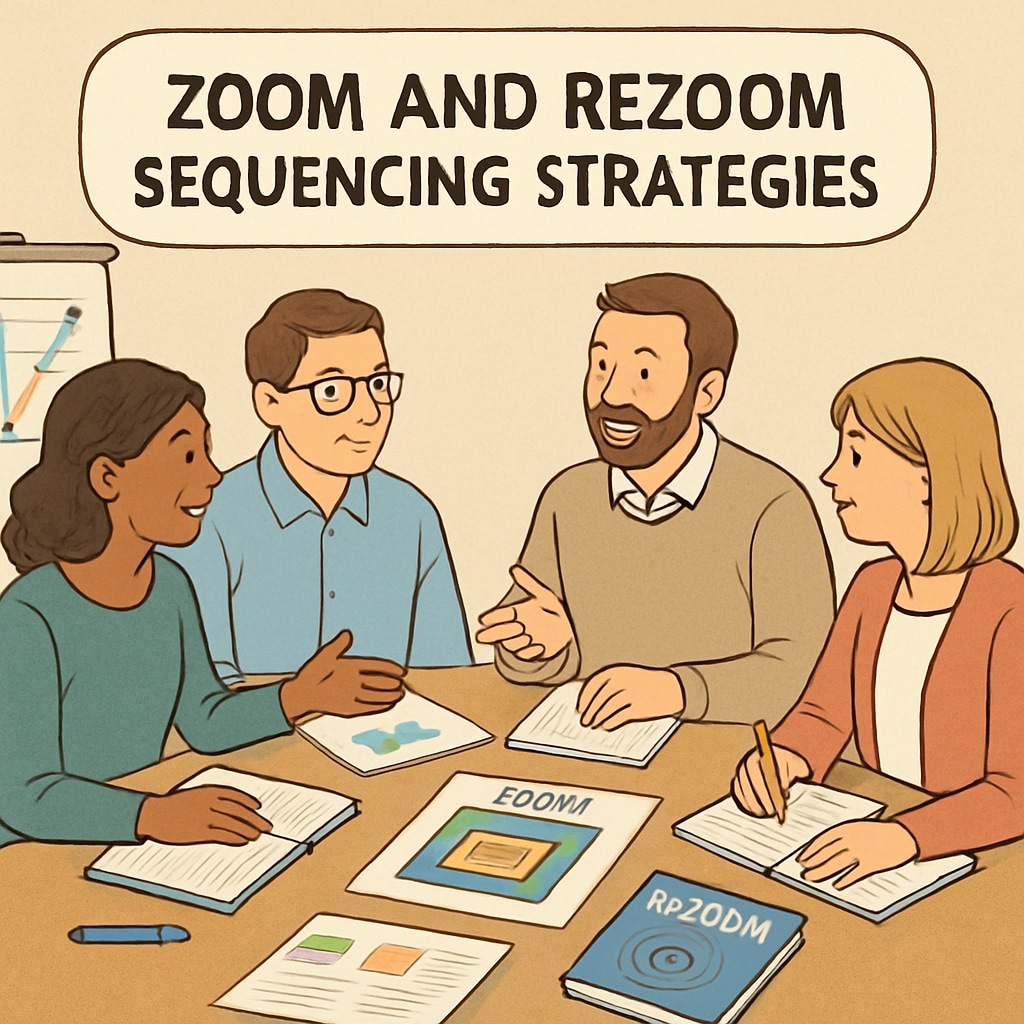For educators diving into the world of Zoom and ReZoom activities, ensuring the correct sequence can often feel like solving a visual puzzle. These engaging teaching materials are designed to foster observation skills, teamwork, and critical thinking. However, without the right sequence, their impact in K12 classrooms can diminish. This guide will help teachers navigate the complexities of arranging these activities, maximizing their educational potential. From identifying key visual clues to tapping into professional communities, you’ll find everything you need to reconstruct the sequence effectively.
Understanding the Core Concept of Zoom and ReZoom
The Zoom and ReZoom books, created by Istvan Banyai, utilize a unique storytelling format. Each page reveals a zoomed-in or zoomed-out perspective, creating a continuous narrative that encourages students to think critically and observe carefully. In Zoom, the viewer progressively zooms out, revealing how each image fits within a larger context. ReZoom, on the other hand, offers a reverse journey, zooming into finer details. These activities are highly interactive and require students to communicate and collaborate to piece the narrative together.

Strategies to Reconstruct the Correct Sequence
Reconstructing the correct order of Zoom and ReZoom activities requires a combination of keen observation, logical analysis, and sometimes, a bit of trial and error. Here are some actionable strategies:
- Observe Visual Clues: Pay close attention to recurring patterns, colors, or objects that link one image to the next. For example, a bird’s wing on one card might connect to a full bird on the next.
- Understand the Narrative Flow: Consider the overarching theme. Zoom generally moves from micro to macro, while ReZoom reverses this direction.
- Collaborate with Peers: Involve students or fellow educators in the sequencing process. Multiple perspectives often uncover connections that might be missed individually.
For more insights on narrative techniques, you can explore resources like Visual Narrative on Wikipedia. These principles can guide teachers in understanding how to structure such activities effectively.
Leveraging Professional Communities and Resources
Teachers don’t have to tackle the sequencing challenge alone. Professional communities and online platforms offer invaluable support:
- Online Forums: Platforms like Reddit’s teaching communities or dedicated educator forums often feature discussions on activity sequencing.
- Workshops and Training: Participating in professional development sessions can provide hands-on experience with Zoom/ReZoom activities.
- Educational Websites: Many websites offer downloadable guides and templates tailored to these activities. For example, Britannica’s educational resources (Britannica) provide structured lesson plans for educators.
By engaging with these communities, teachers can gain fresh perspectives and tips for optimizing the use of Zoom and ReZoom in their classrooms.

Maximizing the Impact of Zoom/ReZoom in the Classroom
Once the sequence is restored, the next step is to make the most of these activities. Here are a few tips:
- Set Clear Objectives: Define what you want students to achieve—whether it’s improving teamwork skills, fostering creativity, or enhancing observation abilities.
- Encourage Discussion: Use the activity as a springboard for group discussions. Ask students to explain their reasoning behind each connection.
- Adapt to Different Levels: Tailor the difficulty of the activity depending on the age group. Younger students may need more guidance, while older students can tackle the sequencing independently.
As a result, these activities not only enrich classroom learning but also encourage students to develop lifelong critical thinking skills.
Conclusion: Mastering the sequence of Zoom and ReZoom activities may initially seem daunting, but with the right strategies and resources, it becomes an engaging process for both teachers and students. By understanding the narrative flow, leveraging visual clues, and seeking support from professional communities, educators can effectively maximize the potential of these tools in their classrooms.


